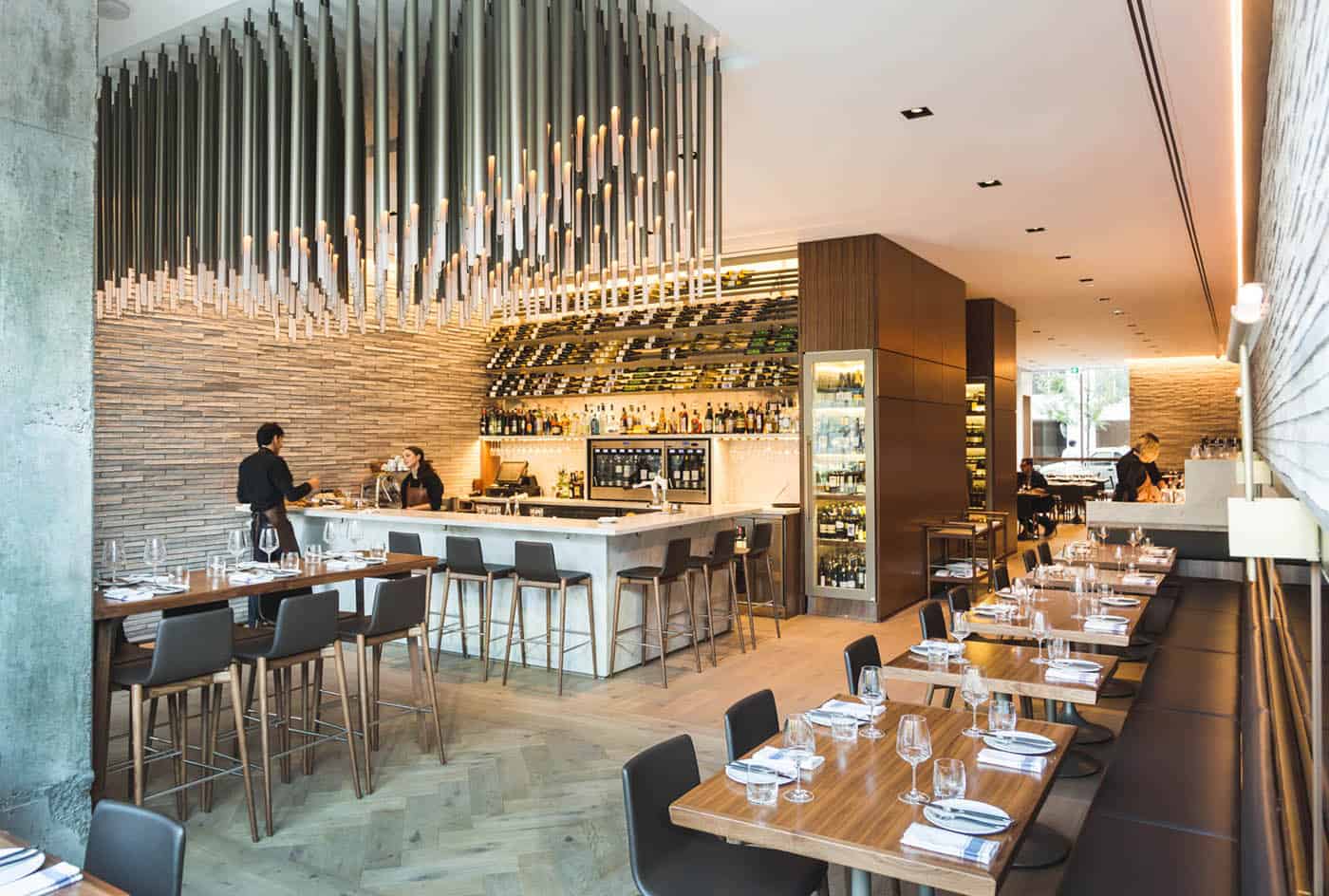
Last week, as Tokyo chef Takashi Tamura settled in for dinner at Montreal Plaza, a blue supermoon illuminated the night sky over Montreal.
And so as the chef contemplated his dish for the next day’s Best of Japan Culinary Workshop at Montreal Plaza he had an idea. Two, actually. First, he would alter his osuimono to reflect some of the beauty of the lunar phenomenon. Instead of dressing up his dashi broth with vegetables and sliced raw fish, as he done in Vancouver, he would package the sliced fish between two thin disks of bread, sealed with fish paste and a quick plunge in the deep-fryer. Thus on the day of the blue blood supermoon, each bowl of chef Tamura’s osuimono would be packing its own miniature full moon.
Second, to help make it happen, chef Tamura would activate some experienced local talent: namely young Québécois chef Frédéric Dumont. For after getting his start at Brasserie Holder in Old Montreal at age 20, Dumont’s culinary studies had taken him to the Cordon Bleu in Japan – and from there, to the kitchen at Tsukiji Tamura. He had worked at Tamura’s side for eight wonderful months until his visa ran out, and he headed back to Montreal.
“In Japan they don’t have four seasons like we do in Quebec,” Dumont said of his training there. “Instead they have 56. There’s a season for everything. Even fugu (blowfish) – which is best in January, when the waters are icy, it swims less, and puts on more fat…”
Dumont was evidently happy to be reactivated for full-moon season. So in the kitchen at Plaza, he was there at Tamura’s side once again, showing chef Cheryl Johnson and her brigade how to make Japanese ravioli out of bread, sashimi, and fish scraps pulsed in a blender. The attendees loved it.
The Plaza team then answered with an inimitable dish of their own. Forged from the same fish, shima aji (striped jack from True World Foods), and some of the same Japanese culinary sensibilities, for an unrecognizably different result. There was shima aji, lightly cured with sugar and salt, for extra firmness. There was house-made miso, made from left-over bread spiked with koji. And there was Quebec-grown daikon – oversized daikon, sliced into sheets on an electric slicer, and used as the refreshing wrap for the hand-roll. On paper it sounds almost Japanese – until you consider the added ingredients of mayonnaise, cilantro, and fried croutons in the mix.
It was a delicious reminder that great culinary ideas and top ingredients can transcend borders, adapt, grow, and take on local colour, and still be recognisably themselves.



